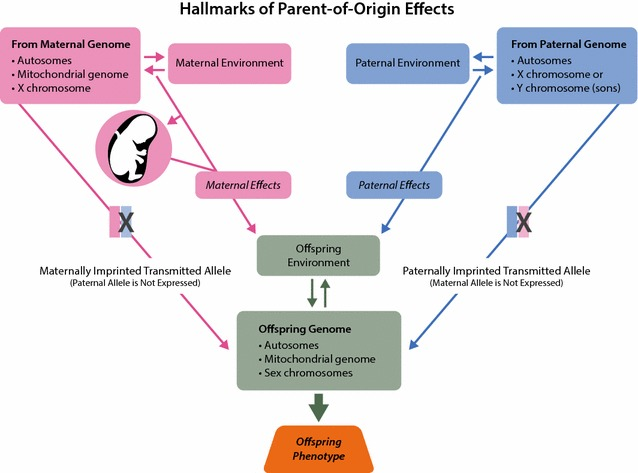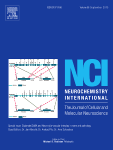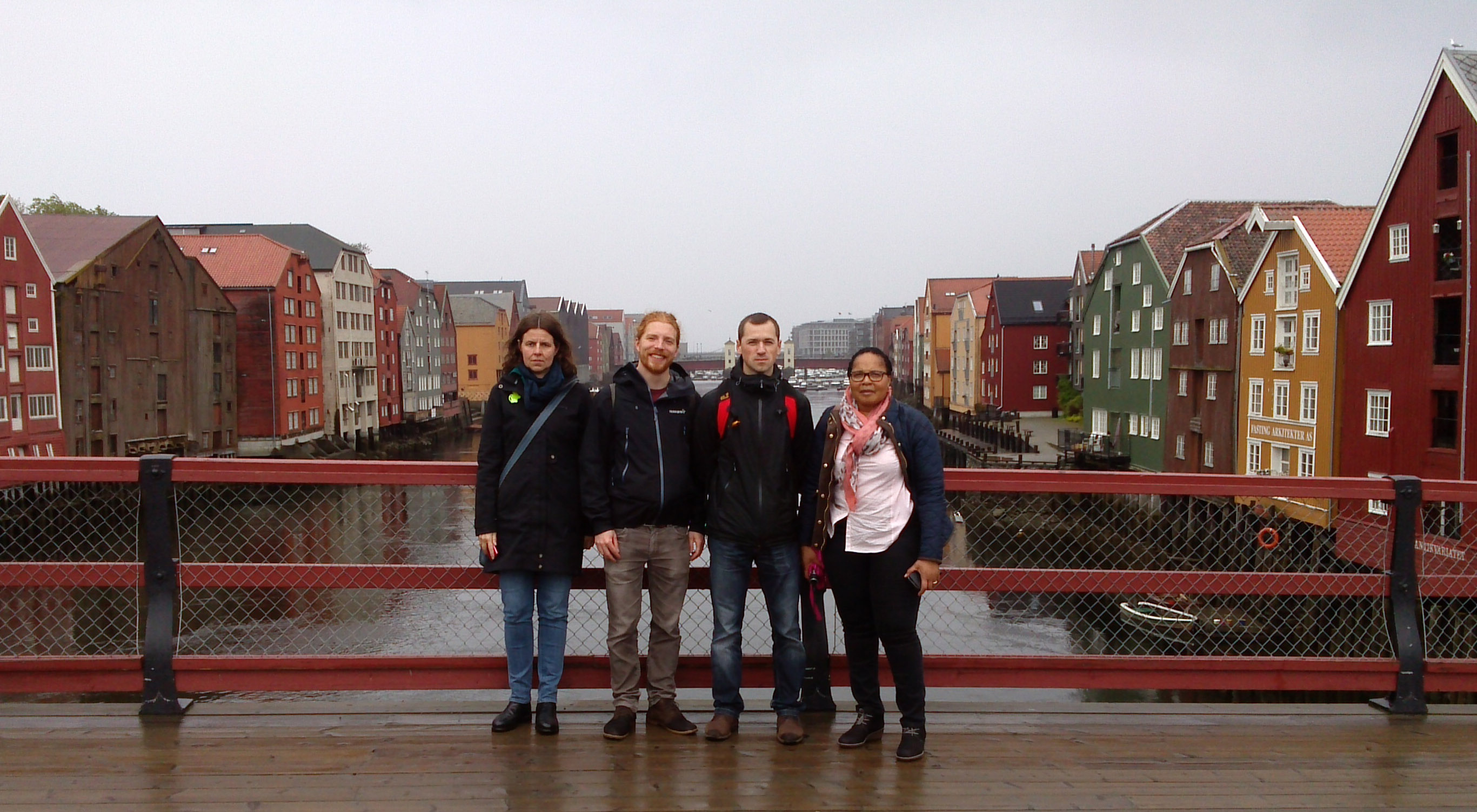Foto: Rune Kleppe
Mange psykiske lidelser har en høy arvelig komponent. Man tror likevel at det underliggende genetiske bildet er svært sammensatt, og at mange ulike gener bidrar til økt sårbarhet for å utvikle slike lidelser. Endringer i gener kan gi opphav til proteiner (molekylære maskiner) med nye egenskaper, eller endre nivået av proteinene i cellene. Siden mange ulike proteiner deltar i hver prosess som foregår i cellene, er det likevel ikke alltid enkelt å forutsi om slike endringer vil ha noen innvirkning på prosessene som helhet. For mange cellulære prosesser har man kunnskap om mekanistiske detaljer på hvordan proteinene fungerer. Denne kunnskapen kan brukes til å generere datamodeller av de aktuelle prosessene, noe vi kaller systembiologiske modeller. Slike modeller beskriver matematisk hvordan ulike molekyler samvirker med hverandre i cellen og dermed også hvordan molekylenes egenskaper, eller endring i disse, påvirker prosessen som helhet.
Flere cellulære prosesser anses å være avgjørende for utvikling av psykiatriske lidelser. Dette inkluderer prosesser som fører til dannelse av stabile koblinger mellom ulike nerveceller, prosesser som styrer nervecellers evne til å respondere på stimuli og som styrer deres plastisitet. Plastisitet er molekylære endringer som forsterker eller svekker koblinger mellom nerveceller (synapser) ved at responsmønster og følsomhet blir forandret ut fra tidligere aktivitet i synapsene.
Vi ønsker derfor å undersøke om sårbarhetsgener som deltar i slike nøkkelprosesser, kan forstås bedre i lys av systemmodeller. Vi ønsker å koble sammen slike modeller med genetiske analyser av pasientmateriale for å bedre forstå hvordan endringer i flere gener kan sammen bidra til å utvikle psykiatriske lidelser. Vårt hovedfokus er på ADHD og prosjektet er også støttet av Nasjonalt kompetansesenter for nevroutviklingsforstyrrelser og hypersomnier (NevSom).
I prosjektet samarbeider vi bl.a. med forskningsgruppen til Prof. Jeanette Hellgren Kotaleski ved Karolinska institutet/KTH i Stockholm og nå senhøstes var forsker Rune Kleppe på besøk for å arbeide på prosjektet. Kotaleskis forskningsgruppe er eksperter på datasimuleringer av nervekretser og signalprosesser i nerveceller. Gruppen er lokalisert i Science for Life Laboratory (SciLifeLab) bygningen, rett ved siden av Karolinska Institutet. I SciLifeLab holder også prosjekter som det nasjonale genomics infrastrukturen og det humane proteomikk atlas til.
Av Rune Kleppe











